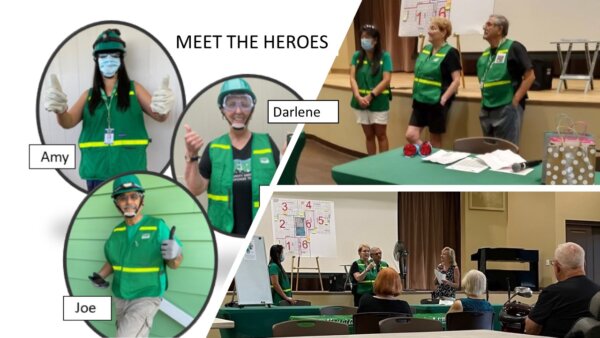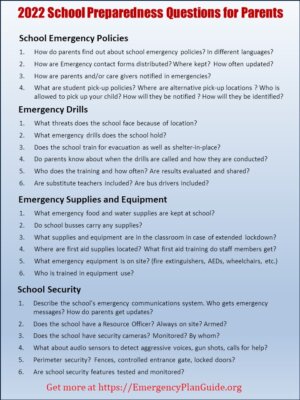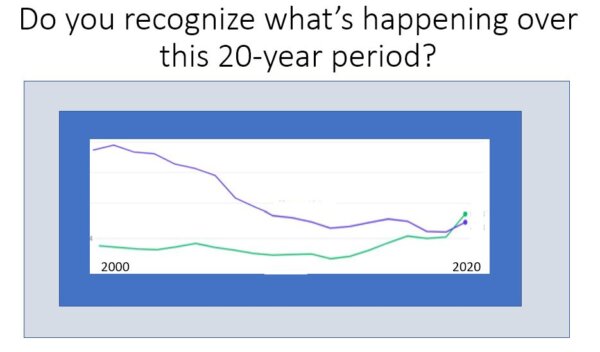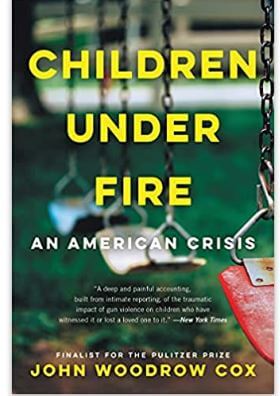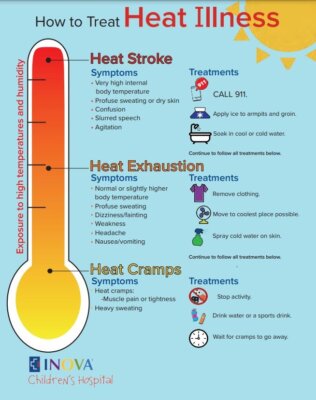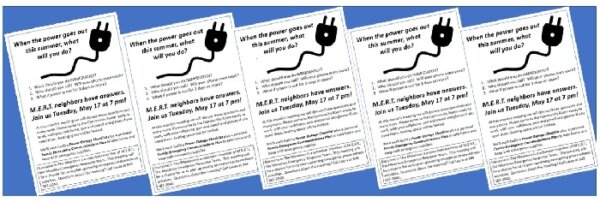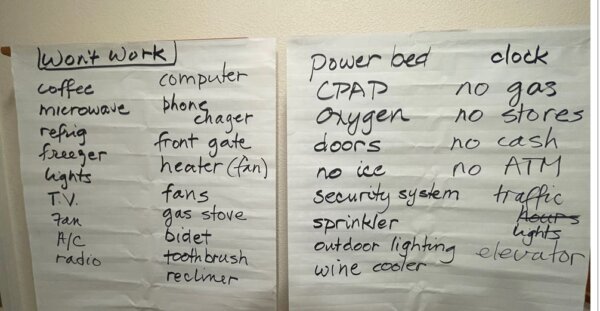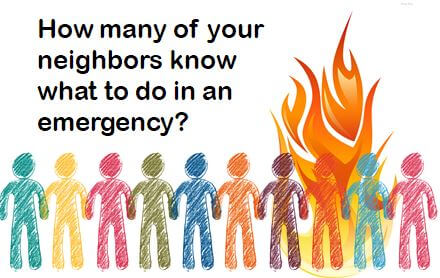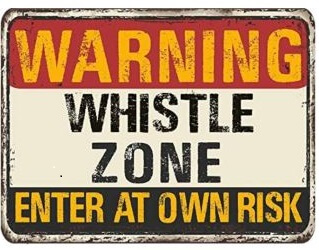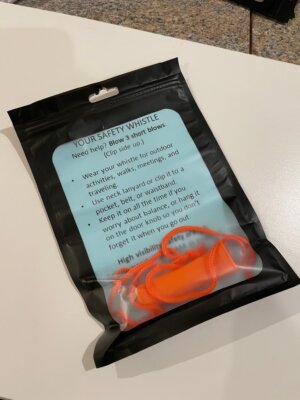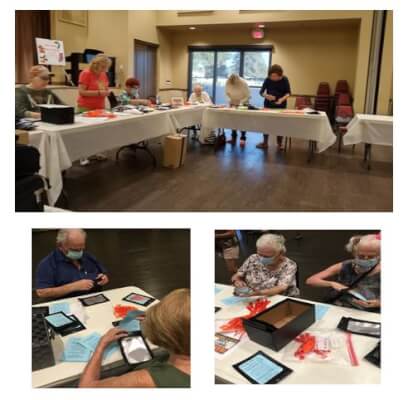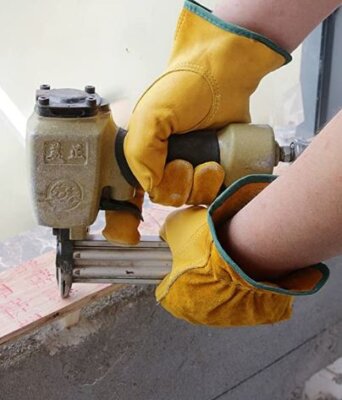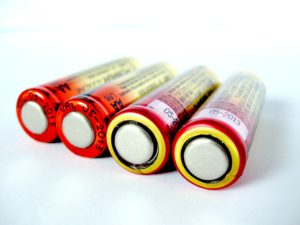Immediately After the Earthquake
Dear Neighbor,
As you know, Joe and I continue to support our local Neighborhood Emergency Response Group and its new leader, Laura. Today, I’d like to share a very detailed post earthquake list that Laura and I put together for mobile home dwellers in earthquake country!
(Don’t live in a mobile home? Probably three-quarters of these suggested steps apply to every style of dwelling, so don’t stop reading yet!)
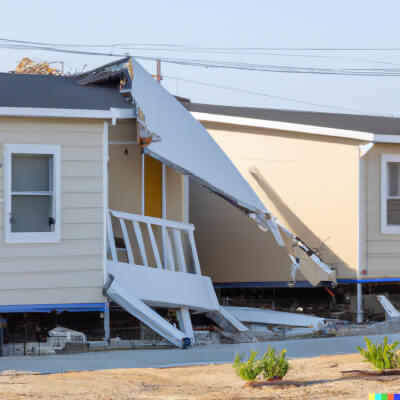
Immediately After the Earthquake
List of Post Earthquake Steps for Mobile Home Safety from Emergency Plan Guide
If you’ve seen any detailed images of what happens in a hefty earthquake, you realize that your world will within seconds be TOTALLY CHANGED!
Do you really know what to expect? Do you know what to do first? This step-by-step post-earthquake list may help you avoid injury and reduce further damage to your home. Please check it out now. If you are unfamiliar with your utility turn-offs, or unsure of mobile home terminology, take the time now to find out more!
You may be caught unawares when the next earthquake hits, but you don’t need to be unprepared!
Start: CAUTIOUSLY assess your new situation.
- Be ready to Drop, Cover and Hold On for aftershocks!
- Do NOT light a candle, DO NOT flip any electrical switches, DO NOT start your car or car radio.
- If it’s dark, grab a nearby flashlight or activate a glow stick. (You should have several stashed around the house, and one in every room.)
- Now, check yourself for injuries. Control bleeding with pressure.
- LOOK OUT BEFORE YOU MOVE. Look ahead for fire, broken glass, fallen objects, and liquid spills as you move to . . .
- Immediately get and use fire extinguisher on small fires.
- Get a first aid kit if injured.
- Help another person in your home.
- Change into long pants, long sleeves, sturdy shoes, and work gloves.
- Perform inside smell, visual and hearing checks:
- Smell gas? Hear hissing that could mean a gas leak? Grab your shut-off tool, head outside to meter. Leave door open to ventilate.
- Does water work? Check a faucet.
- See electrical sparking or broken walls? Shut off electricity at breaker panel or nearest main (could be inside or outside), exit home. Do not reenter until declared safe.
- Continue with outside check (Take a light and gas shut-off tool):
- Can you go safely outside? Is porch stable? Are steps secure?
- Do you see fire?
- Do you hear/smell gas from under the home?
- Is home skirting bent or buckled?
- Do you hear water rushing or dripping?
Pause to evaluate. If you extend your evaluation to neighboring homes, be sure to partner up for safety.
Then: TAKE ACTION if you think you detect leaks . . . !
- Power Off cell phones or walkie talkies before checking meters.
- Do not approach utility tower /utility pedestal if damaged, leaning, or broken!
- GAS. If you are sure there is a gas leak, whether inside the home, under a home or in the street, grab shut-off tool or wrench (or find it attached at meter) and shut off gas at Gas Meter Main Valve. ONLY GAS COMPANY CAN RESTORE GAS SERVICE so don’t take this step unless you are sure of the leak.
Also shut off at Gas Meter Main Valve if skirting has buckled, piers have collapsed, floor has sunk. Gas lines underneath home may have been crushed.
- WATER. Shut off Water Main if detected water leaking within your home or hear it/see it outside your home foundation. Look at your Water Meter Main DIAL to see if numbers are spinning. (Spinning means there is a water leak.)
- ELECTRICITY. Shut Off Electricity Main Switch of the Utility Tower if you have broken inside walls, ceiling has fallen, piers have collapsed with buckling of skirting or dropped floors. (Under the meter reading face is an enclosure box. Pull UPWARD on the panel door to open it by grasping it from below. Turn off service disconnect switches inside this enclosure.)
Finally: ORGANIZE for extended inspection and post-earthquake clean-up.
- If it’s safe, take photos to document damage for insurance.
- Clean up any bleach or flammable liquid within your home.
- Text your Out-of-State Emergency Contact.
- Set battery powered or crank radio to local Emergency Broadcast channel.
- Sweep (slowly!) broken glass and small objects out of your frequented paths inside your home.
- If no water leaks, check water pressure:
- Partially fill a small sink with a stopper then release the water. If it flows freely, the line is clear within your home.
- To prevent sewage leak, plug sinks and bathtub.
- If sink faucet water is still flowing and pipes not leaking underneath the sink, get containers and fill with water and fill a bathtub half full for washing. (No more than half full – remember, there may be aftershocks!)
- Survey your home for partial damage, which will be made worse by aftershocks. Remove objects blocking your exits.
- Outside, push broom broken glass aside carefully, on your own home site.
- Do not place any debris on the street as it will impede emergency personnel.
- Wait for park management directions before transporting any debris off your home site, especially broken glass.
- Cooperate with officials and follow their instructions.
Some final comments on the Post-Earthquake List, and a freebee
This Post-Earthquake List deals with only a few minutes or hours AFTER the shock. There’s obviously much more to be done BEFORE the next earthquake hits. I have news about that coming soon. In the meanwhile, take a good look at this Advisory and share with neighbors.
Speaking of neighbors, we have worked with ours over the years to be sure they know much if not all of this . . . but every neighborhood changes! We have folks new to mobile home living and new to earthquakes – so we touch on one or two of these steps every chance we get. (The various links in the body of this email give you an idea of how we’ve addressed many of these topics in the past!)
If you are working with a group, and in particular a mobile home park with seniors, you may want to turn this post-earthquake list into a series of programs. It lends itself to discussion and to show and tell – particularly from contractors.
Click to download a free pdf of the Immediately After the Earthquake List for easier use with your group.
And as always, let me know what your group comes up with in terms of concerns or more suggestions. I’ll share. The more we all know, the safer we all will be!
Virginia
Your Emergency Plan Guide team
P.S. In case you wondered, the image of the broken porch was created using artificial intelligence. You can see that Dall-e doesn’t really know what American mobile homes look like. Even after multiple tries, it couldn’t come up with skirting! Still, using AI to generate images as well as content is something I’m enjoying testing.
P.P.S. In the first paragraph above I mentioned I’m busy “keeping up.” I’ve found myself researching fire ball fire extinguishers, the steps someone should take to fight back against a donation fraud (a $2,500 real-life crisis for one of our neighbors), the latest earthquake alert technology, and whether security film makes sense for residential window use! None of that research was AI assisted! Stay tuned for more Advisories.
And finally, a disclaimer. Every earthquake is different, every home is different. We have drawn from what we consider “reliable sources,” but our list can’t cover every possible circumstance. Use your own experience and common sense when addressing any of these steps.




